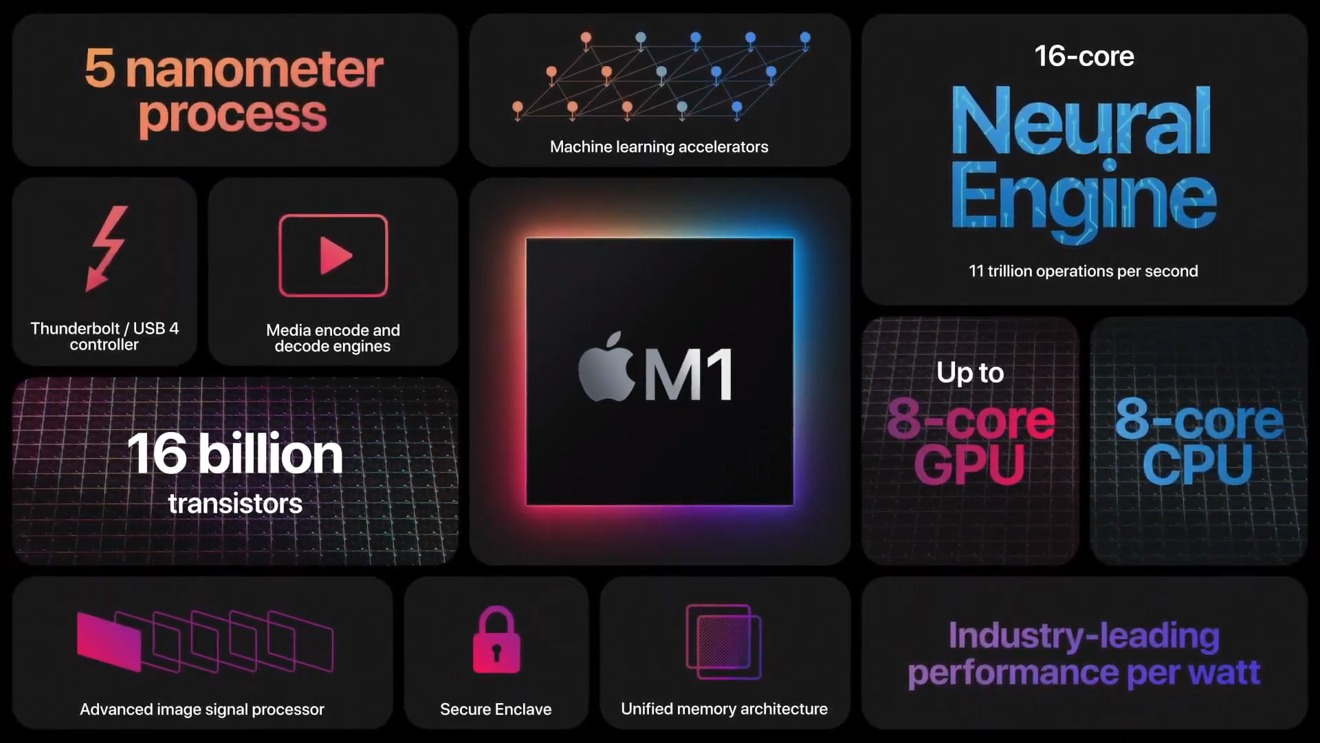In the ever-evolving world of technology, Apple’s M1 chip has caused quite a stir. As a technical copywriter with a decade of experience in the field, I’m here to delve into the intricacies of this groundbreaking development and its implications for the industry. Let’s explore the M1 chip’s architecture, performance, and the ripple effect it’s creating.
Understanding the M1 Chip
What Is the M1 Chip?
The M1 chip marks a significant departure from Apple’s reliance on third-party processors, such as Intel. It is Apple’s first venture into designing its own ARM-based system-on-chip (SoC). This transition signifies Apple’s determination to take control of its hardware destiny, giving them more flexibility, efficiency, and innovation in the long run.
Architectural Overview
At the core of the M1’s architecture is a groundbreaking 5-nanometer process, enabling a remarkable integration of components onto a single chip. These components include the CPU (Central Processing Unit), GPU (Graphics Processing Unit), unified memory, and the Neural Engine. Such integration eliminates bottlenecks and boosts overall performance.
M1 Performance and Efficiency
Unparalleled Performance
One of the most striking features of the M1 chip is its stellar performance. The CPU, consisting of 8 high-performance cores and 4 high-efficiency cores, delivers industry-leading speeds in single-threaded and multi-threaded tasks. This means smoother multitasking, faster app launches, and seamless 4K video editing – all while maintaining impressive power efficiency.
Graphics Powerhouse
The integrated 8-core GPU in the M1 takes graphics performance to new heights. It not only excels in handling everyday graphics tasks but also supports intensive applications and gaming, all with incredible energy efficiency. Gamers and creative professionals will certainly appreciate the capabilities of the M1’s GPU.
Power Efficiency
Apple’s M1 chip doesn’t just impress with its performance; it’s also a champion in power efficiency. The combination of high-performance and high-efficiency cores allows for dynamic power management, ensuring that tasks are allocated to the appropriate cores to optimize energy consumption. This results in impressive battery life gains in Apple’s latest Macs.
The Industry Impact
A Paradigm Shift
The introduction of the M1 chip is nothing short of a paradigm shift in the industry. Apple’s move to design its own silicon not only reduces its dependence on external suppliers but also sets a new standard for performance and power efficiency. Other tech giants are now feeling the pressure to follow suit or risk falling behind.
Potential Rivalries
The M1’s exceptional performance has put Apple in direct competition with some of the biggest names in the semiconductor industry. Intel and AMD, previously dominant players in the CPU market, now face a formidable opponent in Apple’s custom silicon. This rivalry is sure to lead to further innovation and, ultimately, benefits for consumers.
Software Compatibility
One of the challenges of transitioning to a new chip architecture is ensuring software compatibility. Apple has mitigated this concern by introducing Rosetta 2, a translation layer that allows x86-optimized applications to run on M1-based Macs. Developers are also rapidly optimizing their software for the new architecture, ensuring a seamless user experience.
Implications for the Future
The success of the M1 chip sets the stage for Apple’s future endeavors in silicon design. With each iteration, we can expect even more impressive performance gains and power efficiency improvements. This will not only impact Apple’s Mac lineup but also their mobile devices, further blurring the lines between laptops and tablets.
Conclusion
Apple’s M1 chip is a testament to the company’s commitment to pushing the boundaries of technology. Its impressive architecture, stellar performance, and industry-wide implications make it a milestone in the world of computing. As an industry expert, I believe that the M1 chip is just the beginning of Apple’s journey into silicon, and we can only anticipate more groundbreaking developments in the years to come. The M1 chip has not only transformed Apple’s hardware landscape but is also reshaping the entire tech industry as we know it.

